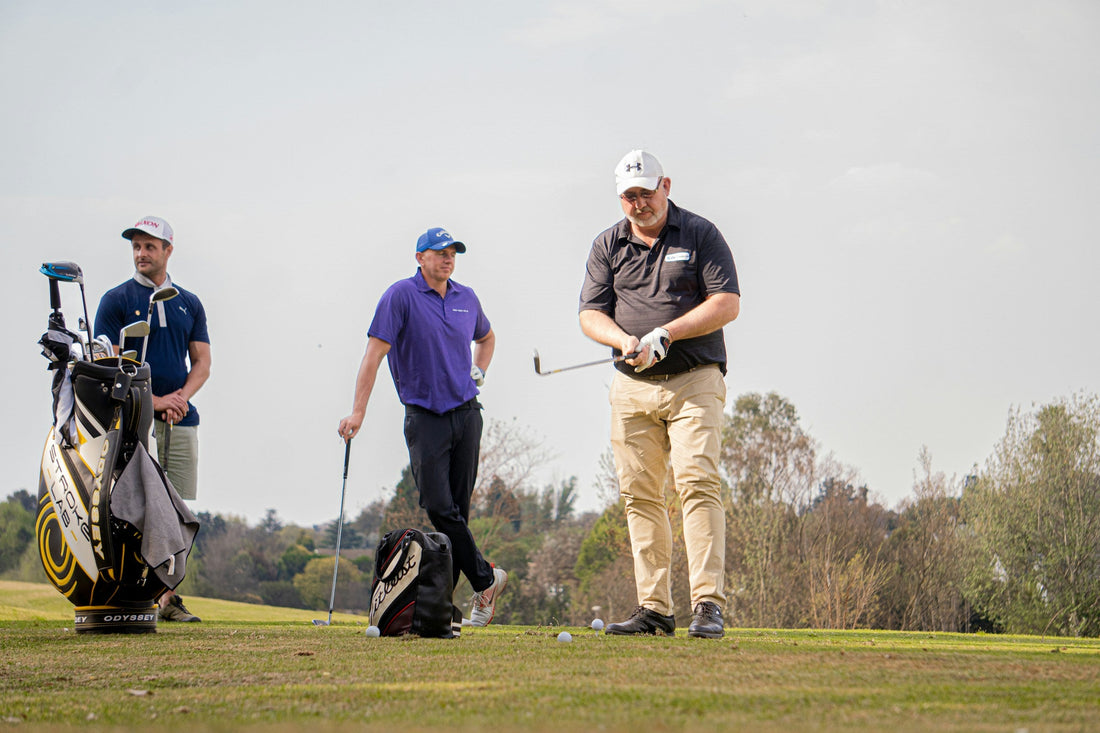
How Social Media Is Changing the Game for Golfers

By Chapin William
There was a time when golf was all about tradition — quiet fairways, crisp etiquette, and the slow rhythm of the game. But today, a new kind of energy hums across the greens. Golfers aren’t just chasing birdies; they’re chasing followers, engagement, and viral moments.
Welcome to the digital era, where social media is changing the game for golfers — reshaping how they play, learn, connect, and grow. From TikTok trick shots to Instagram sponsorships, golf has never been more visible, creative, or connected.
1. From Private Greens to Global Screens
Not long ago, golf was seen as a private sport — exclusive clubs, selective memberships, and limited exposure. But social media changed all that.
Platforms like Instagram, TikTok, and YouTube have transformed golf from a quiet pastime into a global conversation. Players, pros, and amateurs alike can now share their experiences instantly — a perfect swing, a frustrating bunker shot, or even the occasional hole-in-one.
The beauty of this shift? Golf feels more relatable and inclusive than ever. People who once saw it as distant or elitist now see golfers laughing, learning, and having fun. The result is a more open and modern version of the sport — one that thrives on authenticity.
2. The Rise of the Golf Influencer
Scroll through your feed, and you’ll notice a new kind of athlete: the golf influencer. These aren’t just professional players — they’re creators who blend entertainment, education, and personality.
Figures like Paige Spiranac, Bryan Bros Golf, Good Good Golf, and Grant Horvat have built massive followings by sharing the lighter side of the game. Trick shots, tutorials, and course vlogs have become staples of golf content — each post blending humor, skill, and relatability.
For many young fans, these influencers are their first introduction to golf — not the PGA Tour. They represent a new kind of accessibility: golf as a lifestyle, not just a sport.
And brands have noticed. Sponsorships, collaborations, and product drops are flowing toward creators who bring the game to life for millions online.
3. How Professionals Are Embracing the Shift
Even professional golfers are adapting to the social media landscape. Players like Rickie Fowler, Rory McIlroy, and Michelle Wie West use their platforms to engage with fans directly — sharing practice routines, travel moments, and personal insights that go beyond the green.
The PGA Tour and LPGA have leaned into the digital shift, investing heavily in short-form video content and fan engagement campaigns. Instead of being distant figures, today’s pros feel more like real people with relatable stories.
Social media has humanized golf’s biggest stars — letting fans see the work, the struggles, and the humor behind every round.
4. Learning the Game Has Never Been Easier
For new golfers, social media is like having a 24/7 coach.
On YouTube, creators like Rick Shiels, Me and My Golf, and GM Golf post detailed tutorials that cover everything from grip techniques to mental focus. TikTok and Instagram Reels deliver bite-sized lessons that make improvement accessible — even for those who’ve never set foot on a range.
This democratization of information has broken down barriers. You no longer need expensive lessons or club memberships to learn. Social media has made golf interactive, educational, and free.
In other words, the next generation of golfers might be learning from creators — not instructors.
5. Golf’s Image Makeover: Cool, Inclusive, and Diverse
Social media has done something traditional marketing never could — it made golf cool.
By showcasing a mix of personalities, styles, and stories, social media has diversified the image of golf. Players of all ages, genders, and backgrounds are now part of the conversation.
Streetwear brands, musicians, and lifestyle influencers are collaborating with golf companies to reshape its visual identity. What once looked like an old-fashioned sport now pulses with youth, creativity, and self-expression.
Through hashtags, reels, and viral challenges, golf has become part of pop culture — not just country club culture.
6. The Business of Golf in the Digital Age
The social media boom hasn’t just changed how people see golf — it’s changed how golf makes money.
Brands are investing in influencer marketing instead of traditional ads. Golfers with loyal followings can earn through sponsorships, affiliate sales, and brand collaborations. Courses use social media to attract tourists, while startups are building entire golf-related businesses online — from clothing lines to training apps.
Even small local courses benefit, using platforms like Instagram to showcase their views, events, and food menus. The golf economy has expanded beyond tournaments — it’s now a digital ecosystem where creativity drives commerce.
7. The Double-Edged Sword: Pressure & Performance
But like every digital shift, there’s a downside.
Social media can create pressure to perform — not just on the course, but online. Golfers may feel the need to constantly post highlights, maintain an image, or chase viral moments. The line between authenticity and curation can blur quickly.
For professionals, every swing is now public, every mistake replayed. The challenge is to balance visibility with vulnerability — to stay real without losing privacy or focus.
Still, most agree that the benefits outweigh the risks. Social media gives golfers a voice — and the power to tell their own stories, on their own terms.
8. The Future: Virtual Golf Communities
Looking ahead, the connection between golf and digital media will only deepen.
Expect to see more interactive livestreams, virtual tournaments, and even metaverse golf experiences that let fans play digitally alongside their favorite players.
Apps and AI tools are also making waves, offering personalized swing analysis and performance tracking that syncs with social sharing. The community isn’t just growing — it’s going global and virtual.
For golf, that means endless possibilities — more fans, more content, and a stronger sense of community.







